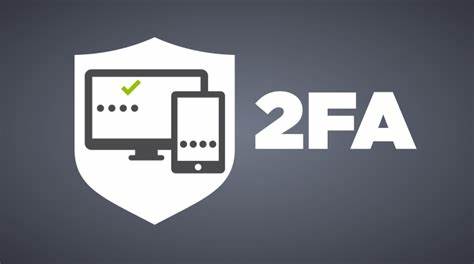Identity theft is becoming a bigger concern by the day. Latest figures released by Privacy Rights Clearinghouse Chronology of Data Breaches tracking tool claim that more than 865 million records were exposed through data breaches between 2005 and May 28, 2014, a report by ABC News said.
The Milken Institute puts the number of compromised records at 1.1 billion between 2004-2012. The Identity Theft Resource Center reported 91,982,172 exposed records in 2013, and more than 11 million in 2014 so far, the report added.
The scourge of growing identity theft is not sparing anyone – be it large companies, banks, government institutions and financial institutions or small and medium firms or individuals.
If we look at some composite figures, identity theft emerges as one of the biggest risks and threats in the rapidly growing cyber world. If not controlled and curbed in time, identity theft will be wreaking further havoc that it already has.
• More than 10 million identities were compromised in each of the eight major attacks in 2013.
• Identity theft is the fastest growing white collar crime
• Identity theft claims 900,000 new victims each year
• Cost to businesses is more than $50 billion
• Cost per incident to company $6,383
• 30 Hours spent per victim resolving the problem as shown by identity theft statistics
For small and medium sized businesses, cyber security is becoming a bigger concern with every passing day, primarily because while they are not in a position to spend sizeable chunks of funds of beefing up their IT security, they are no less vulnerable to data theft and malicious attacks.
Cyber security cannot be ensured with the wave of a magic wand. The humungous cyber space has hundreds of loopholes and loose ends which hackers utilize to break into confidential databases and steal personal information of users.
Small and medium sized businesses (SMBs), which often do not take much heed of cyber security under the assumption that their databases are not the main targets of hackers are actually at a grave risk of facing malicious cyber attacks. There are several reasons for this. Firstly, SMBs typically have lower budgets for cyber security and lack specialized personnel to protect data. Their databases provide gateways to hackers to gain quick and easy access to a larger and more valuable databases of users, vendors, partners, customers, etc. A recent study by Verizon indicated that 67 per cent of breaches investigated occurred within organizations of 100 or less employees, and often independent franchises of larger firms.
It is thus becoming essential for small to medium-sized businesses (SMBs) to adopt two-factor authentication to reduce risk of cyber security attacks. The technology employed by 2FA is cost effective and affordable and hence within the reach of SMBs. Besides, the unpredictability of the system makes sure that hackers are not able to break through into databases where two factor authentication is firmly installed. In other words, two factor authentication is the most critical security measure SMBs can install to protect against the loss of critical personal data that can lead to identity theft and its low-cost makes it easily affordable.
The biggest advantage of Two Factor Authentication is that it maps the physical identity of the user to the server. The user is thus identified on the basis of something he knows (user name / password) and something in the user’s possessions.
This way, you have two steps of authentication. The hacker may crack a user’s password but it will be difficult for him to figure out the one time password that the user receives on the device he/she possess.













